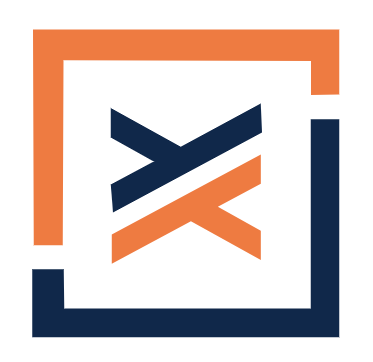Publication Date
CHOOSING THE BEST DEVICES FOR REMOTE TEAMS

Switching to remote work isn’t simple – picking the right equipment for your remote teams even less so!
Besides the new devices you need to purchase and deploy, you also have to give access to your enterprise apps, apply your security policies, and offer the right tools to facilitate collaboration. Here are some tips to help your organization switch to remote work.
Simple & Dependable Devices
Buying a laptop for your own personal use can be a headache – let alone having to purchase dozens at a time! Each time, each person has their own needs and preferences that must be considered.
Performance, of course, should come first. Nothing is more frustrating than waiting for an application that won’t start, or missing a meeting because the battery is dead. Make sure you have enough computing power and memory for the apps you run, enough storage for the data you use, as well as the connectivity and mobility you need to work from anywhere.
Trying to save some money by opting for low-cost or mismatched devices will eventually translate into loss of time and productivity for your organization.
On the other hand, choosing light, powerful, and simple devices will be a profitable investment. Your users will be able to focus on their work, and you will know they’re getting through their tasks without any hassles.
Compatibility with Your IT Ecosystem
Imagine your IT as an ecosystem, with each part living in symbiosis with the others. If you’d like to add new devices, it is imperative that they integrate seamlessly with this environment. In other words, you must make sure that these computers and tablets are compatible with the software you use throughout the company.
Opt for a dependable operating system that allows you to run the software and apps you and your employees are familiar with. Opt for a suite that allows you to orchestrate your team activities, no matter where they work from. Your files must remain accessible, your apps must communicate with each other, and sharing should be as simple as if everyone was working in the same office.
There are productivity tools on the market that are intuitive and entirely compatible with each other, accelerating commnunication and innovation in your teams.
Think Long-Term
The efforts and investments you put forward an infrastructure that supports remote work should last through time and adapt to your needs. So it’s not only about purchasing new devices, but also about planning for their deployment and their evolution.
For instance, you have to apply your group policies, configure and install software on each device, and apply security patches on an ongoing basis. Having a third party manage your IT might be an excellent option, but there are also some devices that will make the task much easier for you.
Think long-term – you do not want these new devices to become a burden. And you should also ask if you might eventually need to scale up or down, add or remove some of these devices.
Now that’s exactly why the DaaS (Device as a Service) consumption model might be suited for your organization. DaaS allows you to acquire all the devices you need without any prohibitive upfront cost, and then pay a single fee on a monthly basis based on your usage. If your needs change on the long run, your provider will take care of it. DaaS allows you to have well-equipped teams without the financial stress associated with the purchase of new devices.
Make the Right Choice
In the end, your success in remote work is based on your users’ experience and your capacity to manage your IT. With powerful and reliable devices, familiar and compatible productivity tools, as well as a simplified deployment and maintenance, you can focus on your real mission without worrying about your IT.
The right devices will have a direct impact on your profitability and competitiveness. Let our experts help you make the right choice!
